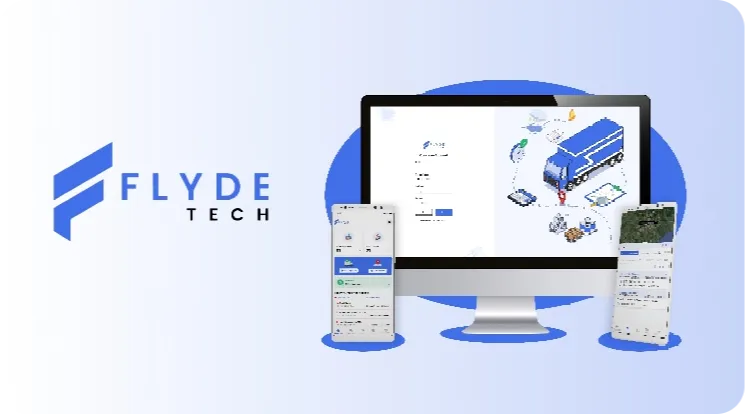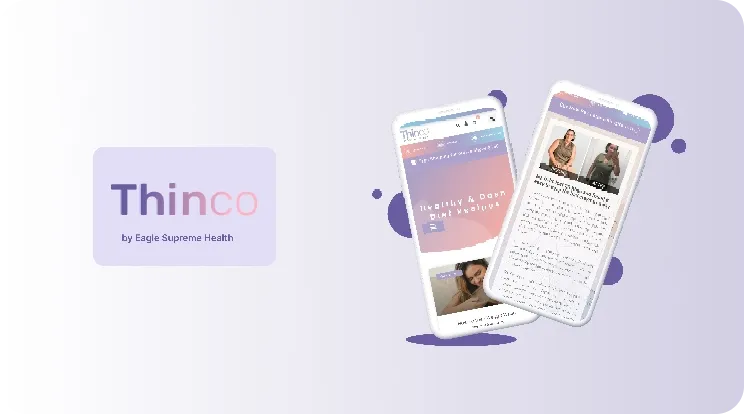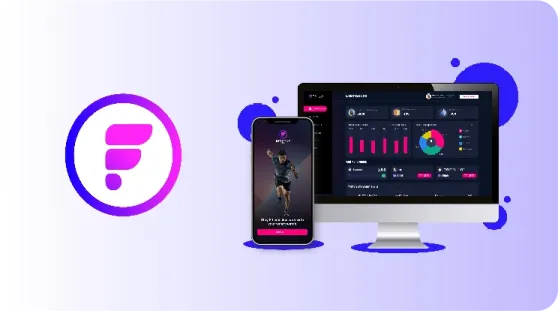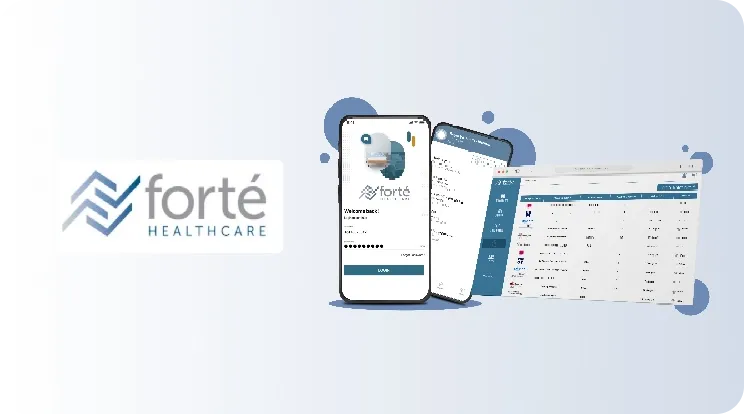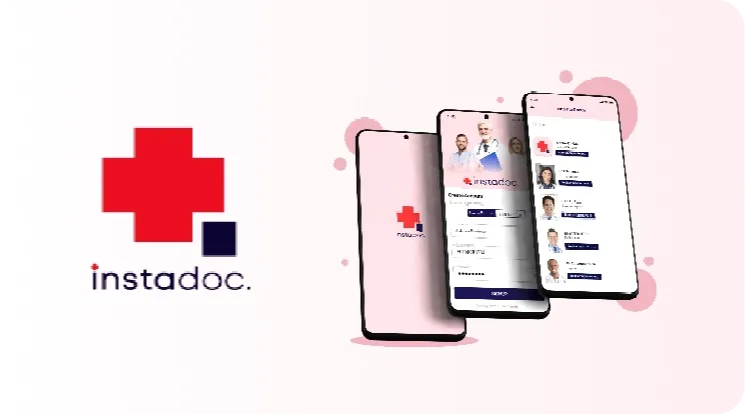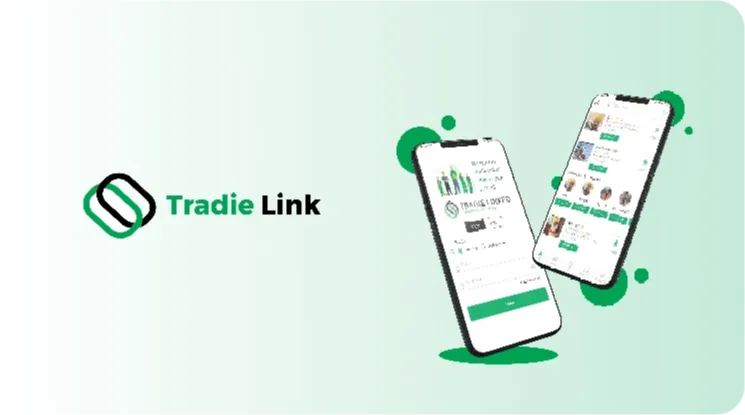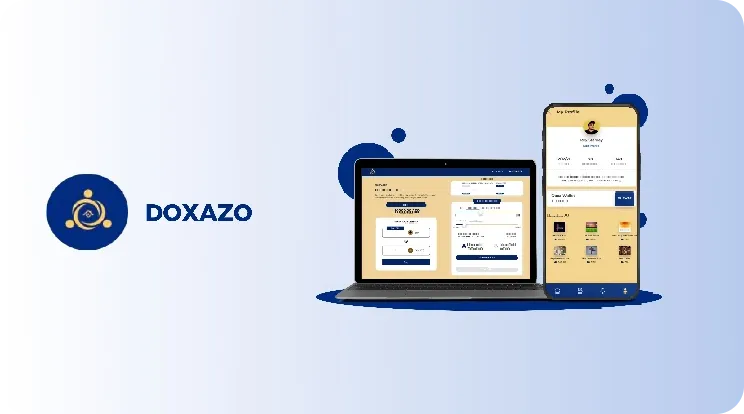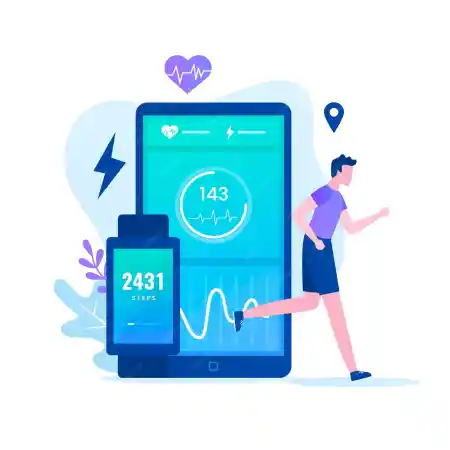
How to Build AI-Powered Healthcare Apps in Australia for Smarter Clinics, Better Care
Aug 18, 2025
Australian healthcare is experiencing rapid change. Between increasing patient demand, staff shortages, and stringent compliance regulations, clinics and hospitals are under pressure to operate more efficiently without compromising care quality. AI-powered healthcare apps are emerging as a practical, not futuristic solution — empowering clinics to automate admin, improve patient engagement, and make more accurate clinical decisions. In 2024, the Australian Digital Health Agency reported that:
- 64% of clinics plan to integrate some form of AI by 2026
- 32% of GP clinics are already using telehealth combined with AI-assisted triage
- Patient no-shows are costing clinics over $500 million annually
This shift is not about replacing doctors — it’s about augmenting healthcare delivery so clinicians can focus on care while AI handles repetitive, data-heavy tasks.
Why Australian Clinics Are Moving Towards AI-Powered Apps?
Australian healthcare is struggling with:
- Long waiting times for patients
- Heavy admin loads on staff
- Missed appointments causing inefficiencies
- Limited accessibility for patients with disabilities
- Complex compliance requirements under Australian Privacy Principles (APPs) and, in some cases, HIPAA
AI solutions for healthcare address all these pain points:
- AI agents for healthcare can manage bookings, send reminders, and process patient queries.
- AI clinic automation reduces paperwork by auto-generating patient notes from consultations.
- Voice assistants improve accessibility for visually impaired patients or those with mobility issues.
Find out how much it takes to build a compliant, AI-powered app for your clinic in Australia.
Understanding AI-Powered Healthcare Apps
An AI-powered healthcare app isn’t just a mobile app with a chatbot. Done right, it’s a secure, compliant, and integrated platform that:
- Connects patients and clinicians through mobile or web
- Integrates with EHR systems for seamless data exchange
- Uses AI modules to automate, analyse, and predict
- Adheres to Australian Privacy Principles (APPs) and other healthcare regulations
Common AI features for healthcare apps in Australia include:
- AI appointment scheduling — predicts and fills appointment slots efficiently
- Voice assistants — make the app accessible to visually impaired or elderly patients
- AI transcription — generates medical notes from consultations automatically
- Symptom checking — offers pre-consultation triage guidance
- Predictive analytics — identifies at-risk patients earlier
Key Benefits for Clinics and Patients
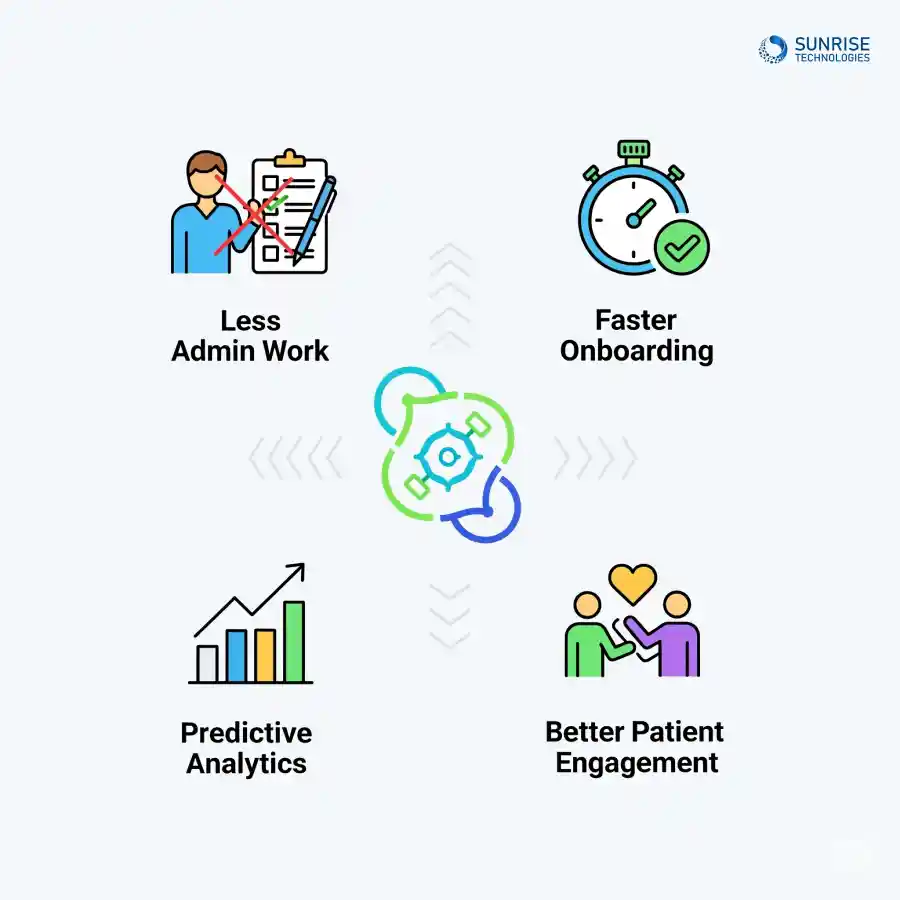
When built correctly by an experienced AI development company in Australia, these apps bring measurable improvements:
- Reduced admin workload — freeing up front desk staff for high-value interactions
- Faster patient onboarding — no more long forms in waiting rooms
- Better accessibility — through voice-enabled interfaces and multi-language support
- Improved patient retention — with automated reminders and personalised follow-ups
- More accurate care decisions — thanks to AI-assisted diagnostics and pattern detection
Example:
A Melbourne-based physio chain implemented an AI-powered app for booking and reminders. Within 6 months:
- No-shows dropped by 41%
- Staff time spent on scheduling fell by 60%
- Patient satisfaction scores improved from 7.1 to 8.8/10
Accessibility: The Role of Voice Assistants in Australian Healthcare Apps
Many patients — especially seniors or those with mobility challenges — find traditional apps difficult to use. Voice assistants change that. Instead of navigating menus, a patient can simply say:
- “Book me a GP appointment for next Tuesday at 10 am”
- “What’s my next medication?”
- “Reschedule my physio session to next Friday”
This improves WCAG compliance and makes healthcare more inclusive.
Real-world usage: An aged care provider in Brisbane introduced a voice-enabled telehealth app for its residents. The result? Telehealth adoption rose by 53% in three months among patients aged 65+
Speak with our AI experts to plan your clinic’s AI app roadmap and make informed decisions.
Modernising Without Replacing: Adding AI Modules to Legacy Hospital Systems

Many Australian hospitals run on legacy EHRs that are slow, outdated, and hard to replace. Instead of a costly overhaul, AI modules can integrate into existing systems:
- API-based data extraction for analysis and predictions
- AI triage tools that sit on top of existing records
- Automated follow-up triggers for chronic care patients
- Dashboard overlays for clinicians to quickly spot priority cases
Example: A major Sydney hospital used AI analytics layered onto their existing patient database to identify readmission risks. This reduced unplanned readmissions by 18% in half a year.
Reducing Administrative Workload With AI Mobile Apps
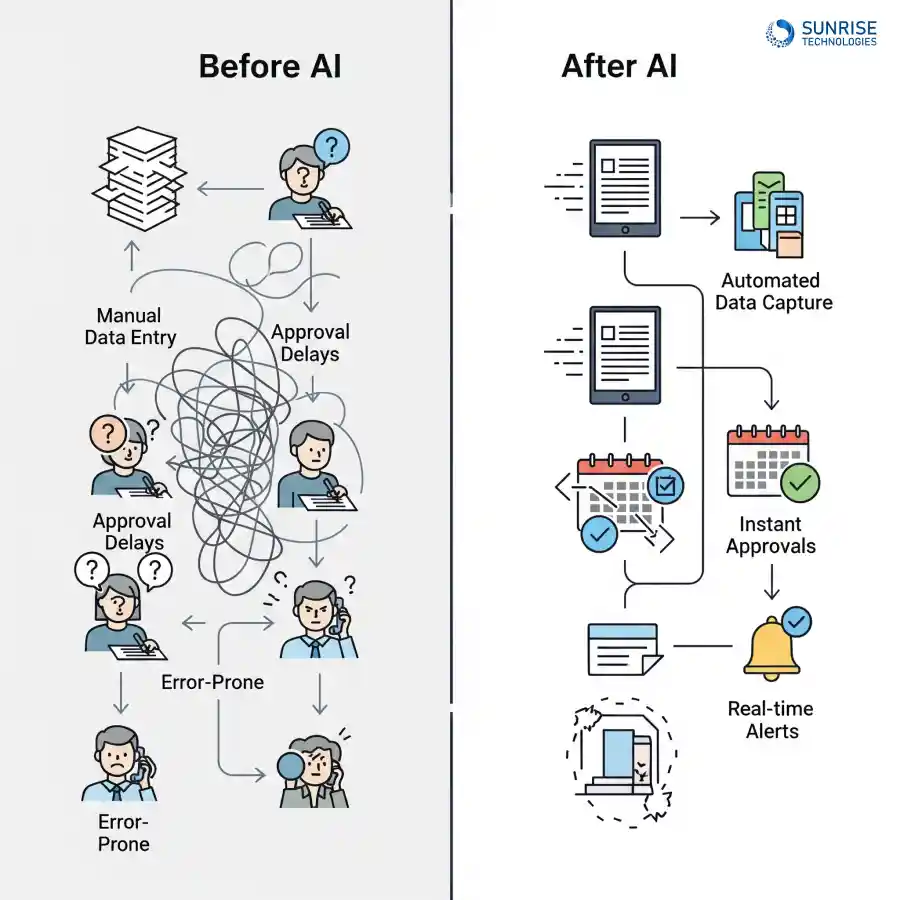
Admin overload is one of the top complaints from Australian clinic staff. AI apps can automate:
- Appointment scheduling & rescheduling
- Digital consent collection
- Billing and claims inquiries
- Medical transcription
- Post-consultation follow-ups
By automating these tasks, AI clinic automation can cut admin time by up to 65%, allowing staff to focus on patient care.
Compliance Considerations for AI in Australian Healthcare
Before building your AI-powered app, compliance must be baked into the design, not added later:
- Australian Privacy Principles (APPs): Governs how personal information is collected and stored.
- My Health Records Act: Strict rules on data storage and access.
- HIPAA: Required if you have US-based patients or partnerships.
- WCAG: Ensures accessibility for all patients.
Failing compliance can lead to hefty fines and immediate suspension from operating.
Ensure your AI healthcare app runs smoothly post-launch with expert support at no extra cost.
Step-by-Step Guide to Building Your AI-Powered Healthcare App
- Define Your Goals: Efficiency, patient care, analytics, or all three.
- Choose the Right AI Development Company: Look for experience in healthcare compliance and integrations.
- Select the AI Features: Prioritise those that address your biggest pain points.
- Design for Compliance: APPs, HIPAA, WCAG from day one.
- Integrate with Existing Systems: Avoid forcing staff to juggle platforms.
- Test Rigorously: Security, usability, and accuracy testing before launch.
- Train Staff: Ensure clinic teams know how to maximise AI tools.
- Launch & Monitor: Collect feedback and refine features.
Cost of Developing an AI Healthcare App in Australia
| Project Scope | Estimated Cost (AUD) | Timeline |
|---|---|---|
| MVP (AI booking + chatbot) | $5,000–$15,000 | 10–14 weeks |
| Mid-tier (voice assistant + EHR integration) | $25,000–$50,000 | 14–20 weeks |
| Enterprise (full automation + predictive analytics) | $50,000+ | 20–28 weeks |
Factors influencing cost:
- AI model complexity
- Integration with existing systems
- Compliance features required
- Mobile platform coverage (iOS, Android, web)
Real-World Australian AI Healthcare Success Stories — Proof That It Works
While AI in healthcare sounds futuristic to some, Australian clinics and hospitals are already achieving measurable results today. Here’s a closer look at three real-world success stories:
Case Study 1: Brisbane GP Network – Fixing the No-Show Problem
Challenge: The network’s 8 clinics struggled with a no-show rate hovering around 27%, costing them thousands each month in lost billings and wasted doctor time.
Solution: They introduced an AI-powered appointment management app that:
- Predicted high-risk no-shows using past attendance patterns
- Sent smart reminders via SMS, email, and in-app notifications
- Offered instant rescheduling to free up unused slots
Results After 6 Months:
- No-show rate dropped to 18% (32% improvement)
- Monthly revenue increased by $21,000
- Patient satisfaction scores improved from 7.4 to 8.6/10
Case Study 2: Perth Telehealth Service – Making Digital Care Accessible for Seniors
Challenge: Older patients found it difficult to use the telehealth platform’s menus and forms, leading to low adoption rates despite the service’s convenience.
Solution: Sunrise Technologies built a voice-enabled telehealth app that:
- Allowed patients to schedule, join, or reschedule consultations by voice command
- Integrated medication reminders into the same voice interface
- Automatically adjusted interface contrast for vision-impaired users
Results After 4 Months:
- Telehealth adoption among patients aged 65+ rose by 46%
- Average consultation wait time decreased by 12 minutes
- Patient complaints about “confusing technology” dropped by 73%
Case Study 3: Sydney Hospital – Preventing Readmissions with Predictive AI
Challenge: The hospital faced a costly readmission rate of 14% for chronic care patients within 30 days of discharge.
Solution: Instead of replacing their existing hospital software, Sunrise Technologies added a predictive AI module that:
- Analysed EHR data to flag high-risk patients
- Triggered automatic follow-up calls or nurse visits
- Suggested proactive medication adjustments to physicians
Results After 9 Months:
- Readmission rate dropped to 11.5% (18% improvement)
- Annual savings estimated at $480,000
- Staff reported feeling “less reactive and more in control” of patient outcomes
Why Sunrise Technologies is Australia’s Go-To AI Development Company for Healthcare?
While AI in healthcare sounds futuristic to some, Australian clinics and hospitals are already achieving measurable results today. Here’s a closer look at three real-world success stories:
Case Study 1: Brisbane GP Network – Fixing the No-Show Problem
Challenge: The network’s 8 clinics struggled with a no-show rate hovering around 27%, costing them thousands each month in lost billings and wasted doctor time.
Solution: They introduced an AI-powered appointment management app that:
- Predicted high-risk no-shows using past attendance patterns
- Sent smart reminders via SMS, email, and in-app notifications
- Offered instant rescheduling to free up unused slots
Results After 6 Months:
- No-show rate dropped to 18% (32% improvement)
- Monthly revenue increased by $21,000
- Patient satisfaction scores improved from 7.4 to 8.6/10
Case Study 2: Perth Telehealth Service – Making Digital Care Accessible for Seniors
Challenge: Older patients found it difficult to use the telehealth platform’s menus and forms, leading to low adoption rates despite the service’s convenience.
Solution: Sunrise Technologies built a voice-enabled telehealth app that:
- Allowed patients to schedule, join, or reschedule consultations by voice command
- Integrated medication reminders into the same voice interface
- Automatically adjusted interface contrast for vision-impaired users
Results After 4 Months:
- Telehealth adoption among patients aged 65+ rose by 46%
- Average consultation wait time decreased by 12 minutes
- Patient complaints about “confusing technology” dropped by 73%
Case Study 3: Sydney Hospital – Preventing Readmissions with Predictive AI
Challenge: The hospital faced a costly readmission rate of 14% for chronic care patients within 30 days of discharge.
Solution: Instead of replacing their existing hospital software, Sunrise Technologies added a predictive AI module that:
- Analysed EHR data to flag high-risk patients
- Triggered automatic follow-up calls or nurse visits
- Suggested proactive medication adjustments to physicians
Results After 9 Months:
- Readmission rate dropped to 11.5% (18% improvement)
- Annual savings estimated at $480,000
- Staff reported feeling “less reactive and more in control” of patient outcomes
Conclusion — The Future of Australian Healthcare Is Smarter, Faster, and AI-Powered
Every day you delay adopting AI in your clinic, your competitors are finding faster ways to serve patients, cut admin costs, and boost revenue. The technology is ready. The compliance framework is clear. The success stories are already here — from no-show rates dropping by a third to telehealth becoming more accessible for seniors.
At Sunrise Technologies, we don’t just build apps. We engineer AI-powered healthcare solutions that are compliant from day one, integrate with your existing systems, and make your clinic smarter in weeks, not years. You’ve seen what AI can do — now it’s your move. Imagine your clinic running with automated bookings, instant transcription, predictive patient care, and zero compliance headaches. That’s not next year’s dream. That’s what we can start building with you today.
Book your free 1-hour AI strategy session now — and let’s design the app that gives your patients better care and your team their time back.
Yes, AI apps can be scaled to manage multiple locations, syncing appointments, patient records, and analytics across all sites.
A mobile app adds accessibility, push notifications, AI features, and offline capabilities that web platforms alone cannot deliver.
When built correctly, AI apps follow encryption, secure cloud hosting, and compliance standards like APPs and HIPAA, making them safe for patient data.
Yes. AI assistants and automation simplify workflows, reducing manual errors and making onboarding faster for new staff.
Yes. Many apps start with core features and integrate AI modules later, such as predictive analytics or AI-driven scheduling.
Absolutely, Features like smart reminders, voice assistants, and personalised health insights keep patients more engaged and satisfied.
Sam is a chartered professional engineer with over 15 years of extensive experience in the software technology space. Over the years, Sam has held the position of Chief Technology Consultant for tech companies both in Australia and abroad before establishing his own software consulting firm in Sydney, Australia. In his current role, he manages a large team of developers and engineers across Australia and internationally, dedicated to delivering the best in software technology.

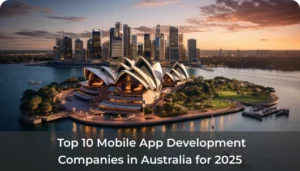
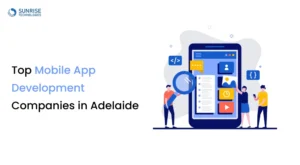
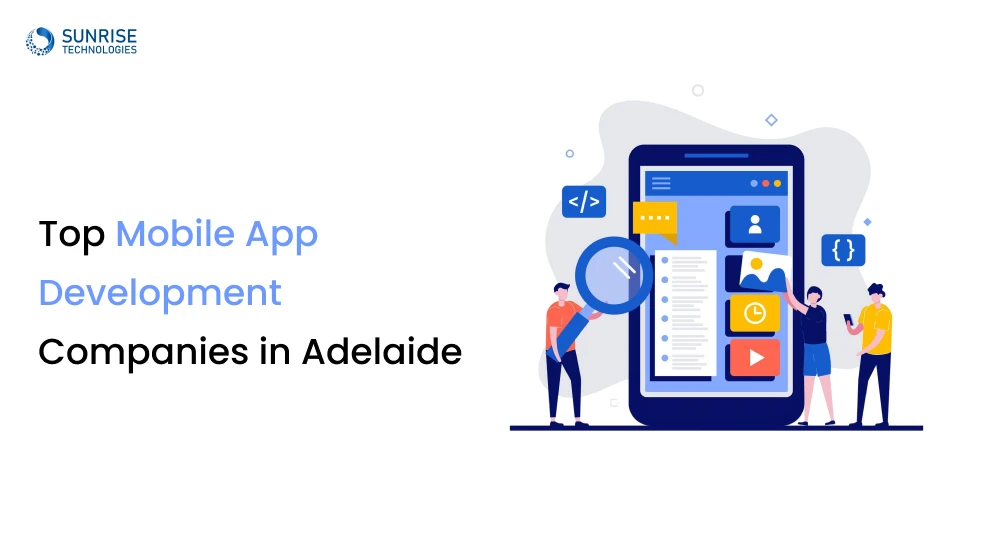
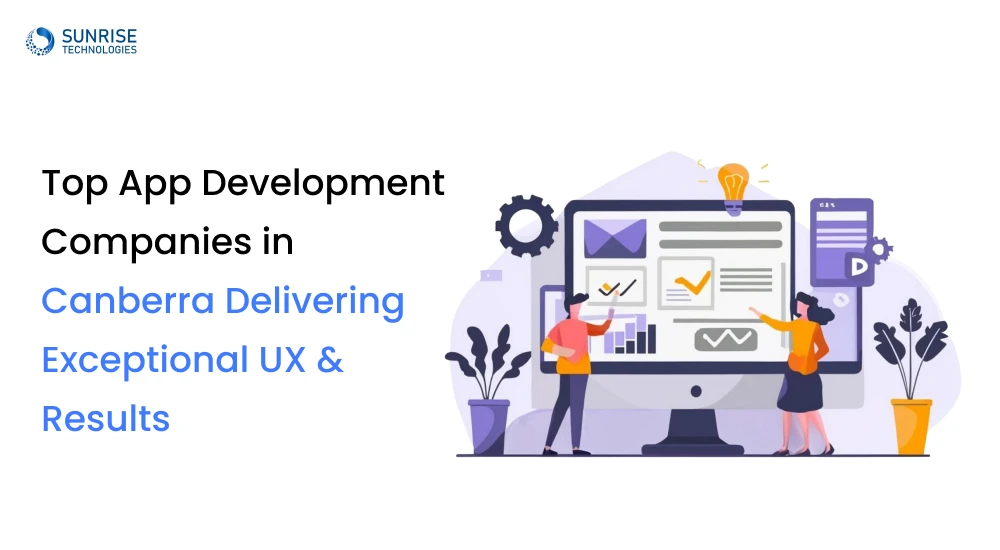
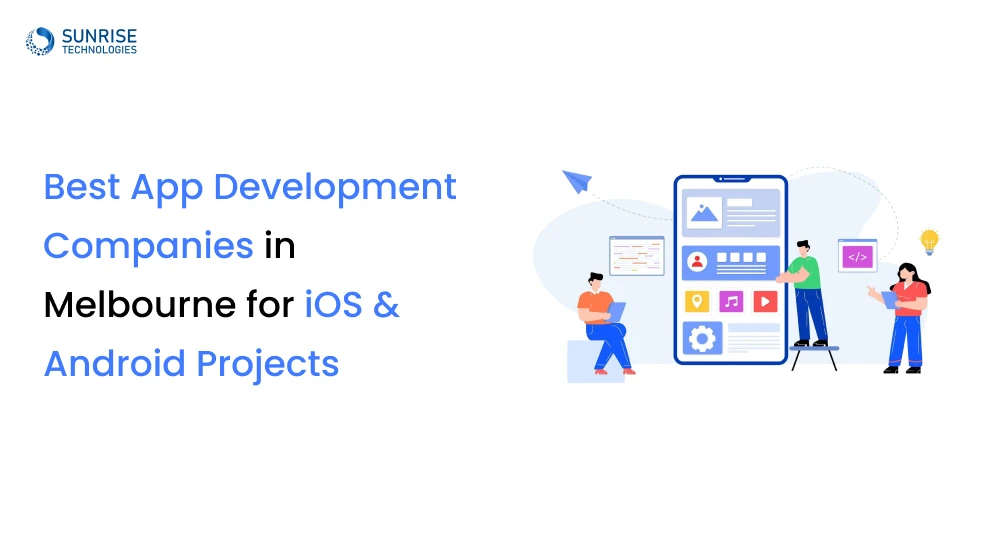
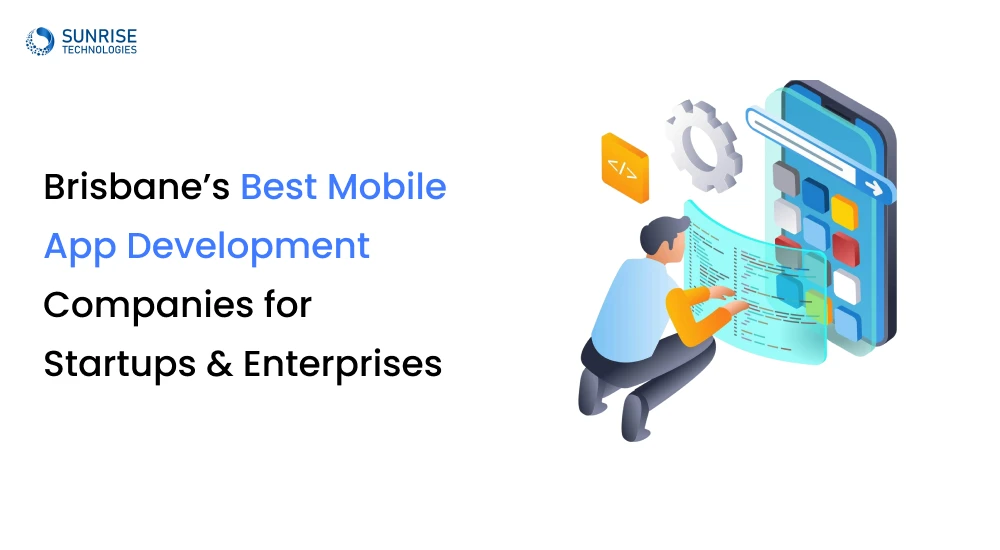
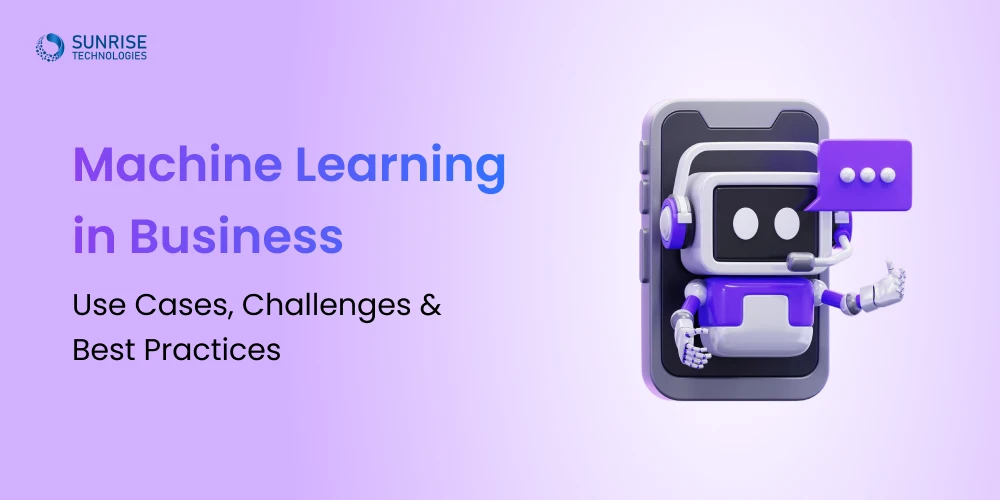
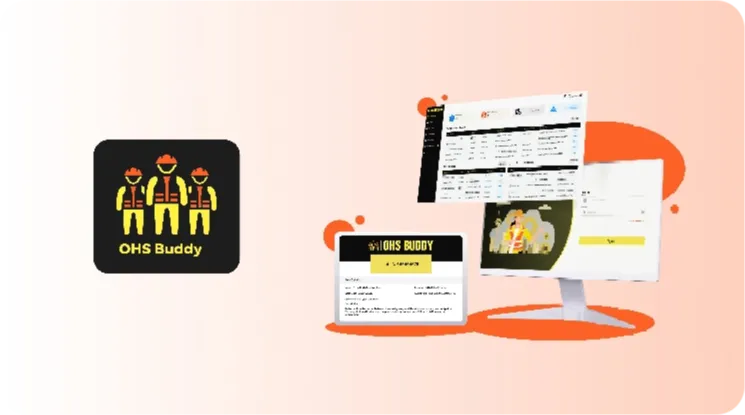
Cloud Based Project Management Platform
Read the challenges we faced and how we helped
View Case Study


